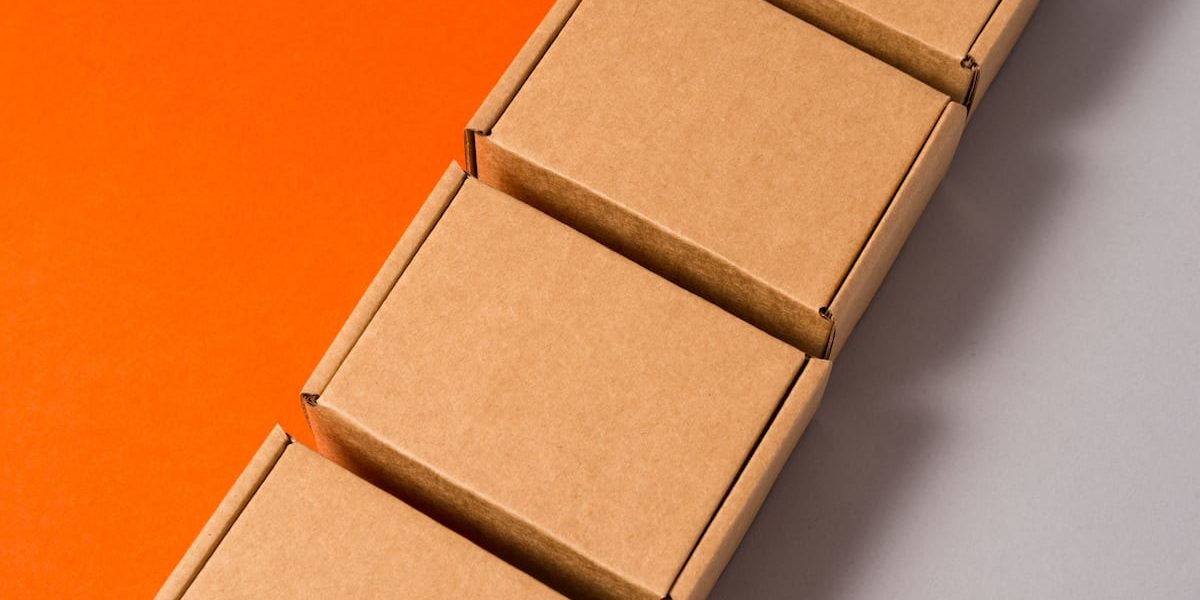
WHAT YOU NEED TO KNOW ABOUT CORRUGATED PACKAGING PRICING INCREASES
Many companies have been stunned lately to learn of corrugated packaging pricing increases. When you set a packaging budget and prices go up, this can impact your overall supply chain and your bottom line. For large companies, even a slight increase can mean massive budget changes.
Why Is Corrugated Pricing Increasing?
First and foremost, corrugated packaging demand is increasing.
Seeing corrugated prices rise this year isn’t surprising to packaging professionals. We have watched e-commerce soar this year, and it isn’t stopping. Many people who were not shopping online before the pandemic are now accustomed to purchasing online. It only takes a short time to form a habit, and consumers have done that this year.
Because consumers are changing their patterns, companies have to adjust their strategies. Instead of shipping to brick and mortar stores, companies are now sending products directly to customers.
This has caused a high demand for corrugated boxes and other secondary packaging options to get products quickly and safely to customers. Not only is there a change in the products used, but the whole process has had to change. For example, brick and mortar stores that can’t be open can be used as mini distribution centers, or ship-from-store centers.
Whether the packages are coming from a large warehouse or a small distribution center, corrugated packaging products are being used more than ever before. Demand is incredibly high, beyond capacity in some cases, creating a 30-year high for corrugated packaging products.
Another reason we are seeing the spike is due to freight increases.
Freight rates are expected to climb 2 to 5% – for companies that are shipping tens of thousands of packages every month (or even every day) this is a huge hit. A large portion of those goods used to go to a retail store through a distribution channel. Now companies have to rely on freight carriers to get the goods to customers.
With the increase in boxes on trucks, drivers are getting hard to find and expensive to keep happy. One truck with one driver (sometimes with a helper) can only deliver so much in one day – when they’re being demanded to do more, it can come with a cost or you lose good employees.
The freight class reclassifications of boxes is another consideration for companies shipping directly to customers. Chemicals and soft materials will increase costs in the same way that DIM weight impacts freight costs with UPS and FedEx.
Freight companies are starting to look at the cubic dimensions of an LTL shipment and not so much the weight. A lightweight pallet takes up the same floor space as a heavy pallet so the freight rate “should” be the same.
The third reason: Scrap because of the trade war with China
China is not accepting scrap material anymore. This means that the scrap materials revenue stream has been blocked for corrugated manufacturers.
Lastly, demands on labor
Companies are at capacity, and so is their labor. With Covid forcing companies to downsize their labor for social distancing purposes, it takes a lot longer to get things done. Automation can definitely be a huge help here, but let’s not forget the need for certain areas of the company to be run by people.
Lead times are at least 10 days to process an order and 2-3 weeks to ship after processing because of capacity issues. This obviously varies from manufacturer to manufacturer and product to product, but it is a good average estimate.
What can you do to stay ahead?
It is critical for companies who rely on corrugated materials to take a look at their processes and create a plan. At Morrisette, we’re ready to help you prepare for how these increases in pricing – and lead times – are going to impact your budget and supply chain over the next year and beyond.
